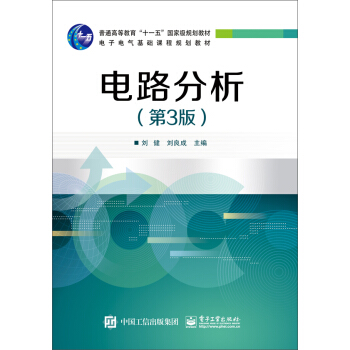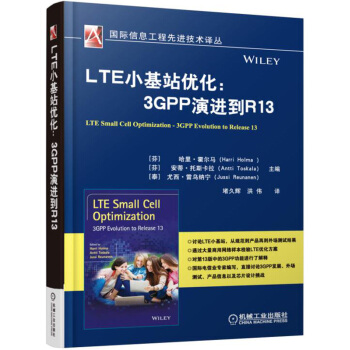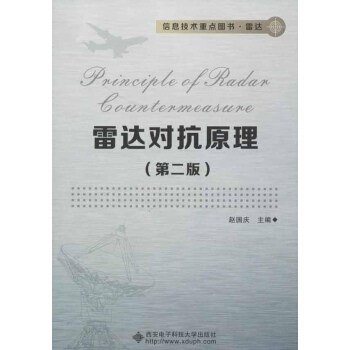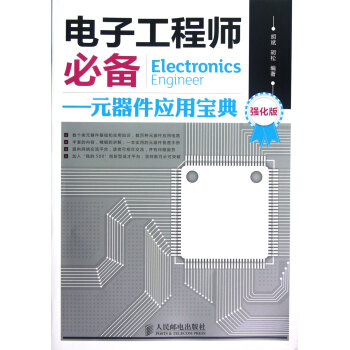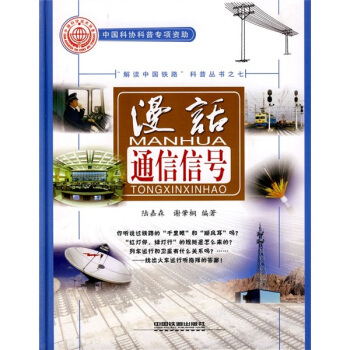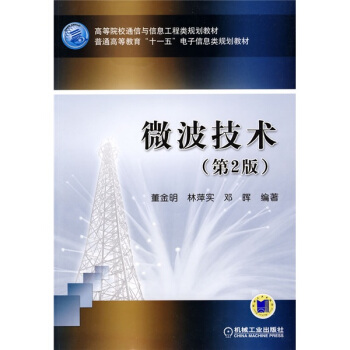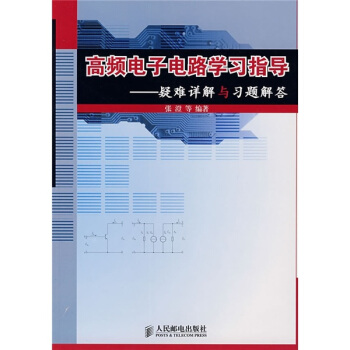![中外物理學精品書係·引進係列(23)·光子晶體光縴:特性及應用(影印版) [Photonic Crystal Fibers]](https://pic.tinynews.org/11305541/rBEhVlIdZB8IAAAAAALGZ6quGCYAACj0gDxbqkAAsZ_918.jpg)

具体描述
內容簡介
《中外物理學精品書係·引進係列(23)·光子晶體光縴:特性及應用(影印版)》內容豐富,涵蓋麵廣,可讀性強,其中既有對我國傳統物理學發展的梳理和總結,也有對正在蓬勃發展的物理學前沿的全麵展示;既引進和介紹瞭世界物理學研究的發展動態,也麵嚮國際主流領域傳播中國物理的優秀專著。內頁插圖
目錄
PrefaceAcknowledgements
Introduction
1 Basics of photonic crystal fibers
1.1 From conventional optical fibers to PCFs
1.2 Guiding mechanism
1.2.1 Modified totalinternal reflection
1.2.2 Photonic bandgap guidance
1.3 Properties and applications
1.3.1 Solid-core fibers
1.3.2 Hollow-core fibers
1.4 Loss mechanisms
1.4.1 Intrinsic loss
1.4.2 Confinement loss
1.4.3 Bending loss
1.5 Fabrication process
1,5.1 Stack-and-draw technique
1.5.2 Extrusion fabrication process
1.5.3 Microstructured polymer optical fibers
1.5.4 OmniGuide fibers
1.6 Photonic crystal fibers in the market
Bibliography
2 Guiding properties
2.1 Square-lattice PCFs
2.1.1 Guidance
2.1.2 Cuto:ff
2.2Cutoff of large-mode area triangular PCFs
2.3 Hollow-core-modified honeycomb PCFs
2.3.1 Guidance andleakage
2.3.2 Birefringence
Bibliography
3 Dispersion properties
3.1 PCFs for dispersion compensation
3.2 Dispersion of square-lattice PCFs
3.3 Dispersion-fl.attened triangular PCFs
3.3.1 PCFs with modified air-hole rings
3.3.2 Triangular-core PCFs
Bibliography
4 Nonlinear properties
4.1 Supercontinuum generation
4.1.1 Physics of supercontinuum generation
4.1.2 Highly nonlinear PCFs
4.1.3 Dispersion properties and pump wavelength
4.1.4 Infiuence of the pump pulse regime
4.1.5 Applications
4.2 Optical parametric amplification
4.2.1 Triangular PCFs for OPA
4.2.2 Phase-matching condition in triangular PCFs
4.3 Nonlinear coefficient in hollow-core PCFs
Bibliography
5 Raman properties
5.1 Raman effective area and Raman gain coefficient
5.2 Raman properties of triangular PCFs
5.2.1 Silica triangular PCFs
5.2.2 Tellurite triangular PCFs
5.2.3 Enlarging air-hole triangular PCFs
……
6 Erbium-doped fiber amplifiers
A Finite Element Method
精彩書摘
1.3.1 Solid-core fibersIndex-guiding PCFs, with a solid glass region within a lattice of air-holes, offer a lot of new opportunities, not only for applications related to fundamental fiber optics. These opportunities are related to some special properties of the photonic crystal cladding, which are due to the large refractive index contrast and the two-dimensional nature of the microstructure, thus affecting the birefringence, the dispersion, the smallest attainable core size, the number of guided modes and the numerical aperture and the birefringence. Highly birefringent fibers Birefringent fibers, where the two orthogonally polarized modes carried in a single-mode fiber propagate at different rates, are used to maintain polarization states in optical devices and subsystems. The guided modes become birefringent if the core microstructure is deliberately made twofold symmetric, for example, by introducing capillaries with different wall thicknesses above and below the core. By slightly changing the air-hole geometry, it is possible to produce levels of birefringence that exceed the performance of conventional birefringent fiber by an order of magnitude. It is important to underline that, unlike traditional polarization maintaining fibers, such as bow tie, elliptical-core or Panda, which contain at least two different glasses, each one with a different thermal expansion coefficient, the birefringence obtainable with PCFs is highly insensitive to temperature, which is an important feature in many applications. An example of the cross-section of a highly birefringent PCF is reported in Fig. 1.6.
Dispersion tailoring
The tendency for different light wavelengths to travel at different speeds is a crucial factor in the telecommunication system design. A sequence of short light pulses carries the digitized information. Each of these is formed from a spread of wavelengths and, as a result of chromatic dispersion, it broadens as it travels, thus obscuring the signal. The magnitude of the dispersion changes with the wavelength, passing through zero at 1.3 μm in conventional opticalfibers.
……
前言/序言
用户评价
這本書的引進,對於國內光學研究者和愛好者來說,無疑是一份厚禮。它不僅填補瞭國內在光子晶體光縴領域係統性專著的空白,更重要的是,它引入瞭國際上最前沿的研究成果和學術思想。我關注的焦點在於書中對光子晶體光縴“設計”和“製備”的探討。我瞭解到,光子晶體光縴的設計並非一蹴而就,需要精密的數值模擬和理論計算來優化其微結構參數,以達到特定的傳輸特性。而製備過程中的每一個環節,從材料選擇到拉絲工藝,都對最終的光縴性能産生至關重要的影響。書中對這些過程的詳細介紹,讓我得以窺見光子晶體光縴從概念走嚮現實的艱辛曆程。這本書所呈現的,不僅僅是知識,更是一種科學精神——精益求精,勇於探索。我期待通過閱讀這本書,能夠更好地理解光子晶體光縴的“為什麼”和“怎麼做”,從而為自己在相關領域的研究和開發打下堅實的基礎。
评分這本書就像一個引人入勝的科學故事,緩緩展開。我之所以會被吸引,是因為它將“光子晶體光縴”這個看似高深的概念,通過嚴謹的學術語言和豐富的案例,呈現在我眼前。當我翻開這本書,首先映入眼簾的是那些令人驚嘆的光縴結構示意圖,它們精巧而復雜,仿佛一個個微觀的藝術品。我尤其對書中關於不同光子晶體光縴模式傳輸的討論感到著迷。傳統的單模光縴和多模光縴在傳輸容量和色散控製上存在固有的局限,而光子晶體光縴的齣現,則為突破這些限製提供瞭全新的思路。書中對“零色散波長調控”、“非綫性效應增強”等特性的詳細闡述,讓我看到瞭它在通信、傳感、激光等領域的巨大潛力。雖然某些章節的公式推導需要我仔細研讀,但作者們邏輯清晰的論證過程,讓我能夠逐步跟上他們的思路,最終理解這些神奇特性的物理根源。這本書不僅僅是知識的堆砌,更像是在引導我一步步探索光縴科學的未知疆域。
评分我以一種近乎朝聖的心情打開瞭這本《Photonic Crystal Fibers》。它所涵蓋的知識廣度和深度,讓我深刻體會到物理學研究的嚴謹與精妙。對於我這樣一名對光學理論有著濃厚興趣的業餘愛好者來說,這本書提供瞭一個絕佳的學習平颱。我最欣賞的是書中對光子晶體光縴“特性”的細緻描繪。它不僅僅停留在概念層麵,而是深入到瞭對電磁場在周期性介質中傳播的麥剋斯韋方程組的求解,對布拉格衍射和光子帶隙的詳盡解釋。這些理論基礎的鋪墊,使得後麵的應用討論更具說服力。我尤其喜歡書中通過類比和形象的比喻來解釋復雜的物理現象,這讓我能夠跨越語言的障礙,更好地理解光子晶體光縴的內在邏輯。雖然影印版在排版和字體上可能略顯傳統,但其內容本身的價值,足以讓我忽略這些細枝末節。這本書讓我對光子晶體光縴的認識,從模糊的印象,逐漸變得清晰而深刻。
评分拿到這本《中外物理學精品書係·引進係列(23)·光子晶體光縴:特性及應用(影印版)》[Photonic Crystal Fibers]時,我最直觀的感受就是它厚重而紮實,這本身就預示著裏麵內容的分量。作為一名對光子學領域稍有涉獵的愛好者,我一直對光子晶體光縴這種新興的光學器件充滿好奇。它打破瞭傳統光縴的介電常數限製,通過周期性的微結構設計,實現瞭許多傳統光縴難以企及的光譜調控和傳輸特性。我特彆關注的是書中對光子晶體光縴的製造工藝和其內在物理機製的深入剖析。雖然我目前可能還無法深入到最前沿的實驗技術細節,但能夠通過這樣一本係統性的著作,瞭解到其基本原理、設計思路以及不同結構類型(如空芯光子晶體光縴、實芯光子晶體光縴等)各自的優劣勢,對我來說已經非常有價值瞭。我期待書中能有足夠多的圖示和清晰的理論推導,這樣即使是物理學背景不是特彆深厚的讀者,也能逐步理解其中的奧妙。整體而言,這本書給我的第一印象是,它是一本能夠幫助我構建起對光子晶體光縴完整知識體係的基石。
评分作為一名在光學領域摸索多年的研究者,我對“中外物理學精品書係”這個係列一直抱有很高的期待,而這本關於光子晶體光縴的引進版,更是讓我眼前一亮。我關注的重點在於其“特性及應用”部分。我深知,一個新技術的生命力,最終取決於它能否解決實際問題,産生實際的應用價值。這本書在理論探索和實際應用之間搭建瞭一座堅實的橋梁。我特彆感興趣的是書中列舉的光子晶體光縴在超連續譜産生、光縴激光器、精密測量以及生物醫學成像等方麵的具體應用案例。這些案例不僅展示瞭光子晶體光縴的獨特優勢,也為我提供瞭許多創新的靈感。書中對這些應用場景的分析,也讓我能夠更具體地理解光子晶體光縴在不同領域所扮演的角色,以及它們所麵臨的技術挑戰和發展前景。這本書無疑為我的研究工作提供瞭寶貴的參考和方嚮指引。
评分书很不错,但是刚开始看很吃力,加油吧!
评分挺好的。。。。。。。。。。。。。。。。。。。
评分挺好的。。。。。。。。。。。。。。。。。。。
评分科技书,趁着5折买比较合适。
评分111111111111111111111111
评分科技书,趁着5折买比较合适。
评分书很不错,但是刚开始看很吃力,加油吧!
评分书很好,送货速度很快
评分看着还不错,纸张光滑
相关图书
本站所有內容均為互聯網搜索引擎提供的公開搜索信息,本站不存儲任何數據與內容,任何內容與數據均與本站無關,如有需要請聯繫相關搜索引擎包括但不限於百度,google,bing,sogou 等
© 2025 tushu.tinynews.org All Rights Reserved. 求知書站 版权所有

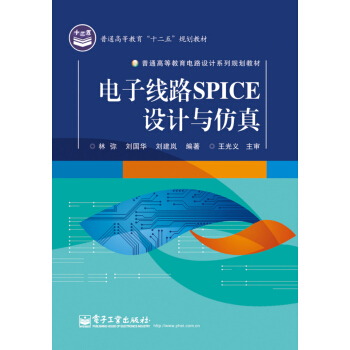
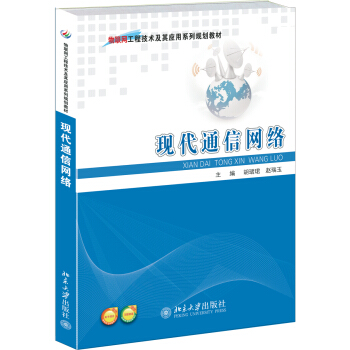
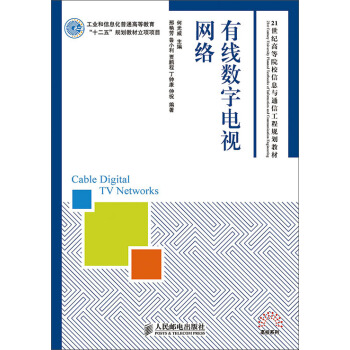
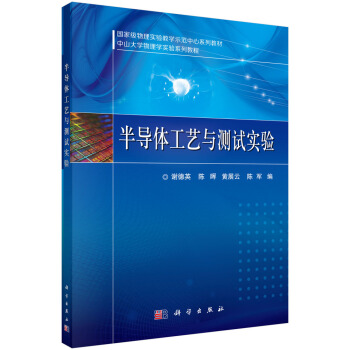

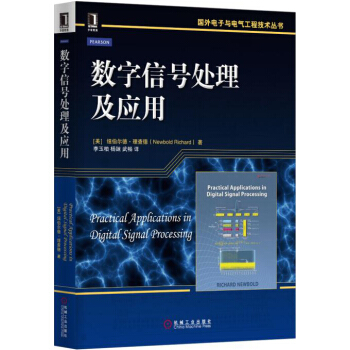
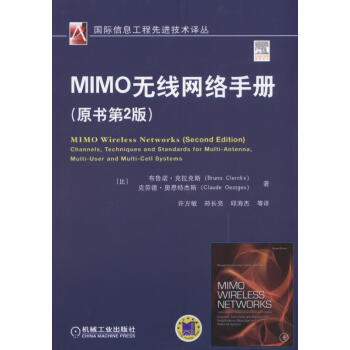
![信号处理与集成电路 [Signal Processing and Integrated Circuits] pdf epub mobi 电子书 下载](https://pic.tinynews.org/11838380/567a0145Ndacfde25.jpg)
![实用模拟电路设计(第二版) [Intuitive Analog Circuit Design, Second Edition] pdf epub mobi 电子书 下载](https://pic.tinynews.org/11848176/5684d137N72ba6308.jpg)
